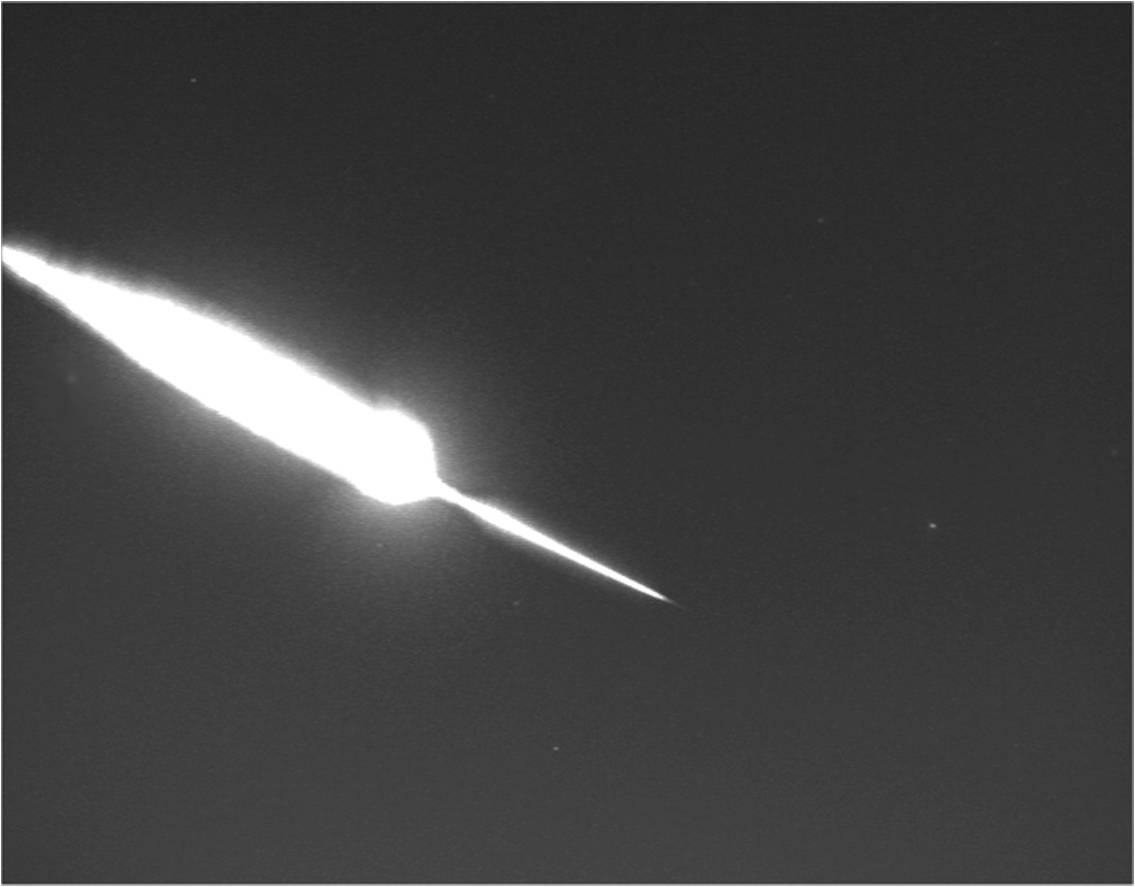Two bright fireballs that overflew the Atlantic Ocean in 2009 and 2010 came from a potencially hazardous asteroid [NOT TRANSLATED]

SPMN040710
There is a growing number of known asteroids that are classified as near Earth objects (NEOs). Among the NEOs there are the potentially hazardous asteroids (PHAs), which can become dangerous projectiles and sources of meteorites. Josep Maria Trigo, leader of the Group of Meteorites, Small Bodies and Planetary Sciences of the Institute of Space Sciences (CSIC / IEEC), has determined, in collaboration with Spanish researchers, that two meteoroids that entered the Earth’s atmosphere in 2009 and 2010 came from the asteroid 2007LQ19, a NEO potentially hazardous for Earth and satellites in Earth orbit. >>The paper was published in the journal Monthly Notices of the Royal Astronomical Society (MNRAS)>><http://mnras.oxfordjournals.org/content/443/2/1643.full>.
The reconstruction of the trajectories and orbits in the solar system of these rocks based on their record from several video detection stations of the Spanish Meteor and Fireball Network has been key to the discovery, because their orbits have turned out to be almost identical to the asteroid ones and dynamically related by tens of thousands of years. These fireballs coming from the 2007LQ19 generated two huge fireballs with more luminosity than the full moon that overflew, in both cases, the Gulf of Cadiz. The two fireballs penetrated the atmosphere to a height of about 40 km above sea level, with no appreciable fragment survived as a meteorite. As J.M. Trigo says, “it is about large rocks that can produce meteorites under favorable geometric conditions which constitute a hazard to spacecraft in Earth orbit, because they are very massive and find Earth at a relative speed of about 65,000 km / h.” The study has also identified that it is about a chondritic meteoroid and has obtained data of the physicochemical properties from the asteroid of origin. Following this study there are appearing other possible cases associated with these meteoroids.
The study was made in the framework of the Spanish Fireball Network and have participated in it the University of Seville, the University of Huelva and the Institute of Astrophysics of Andalusia (CSIC). [NOT TRANSLATED]
